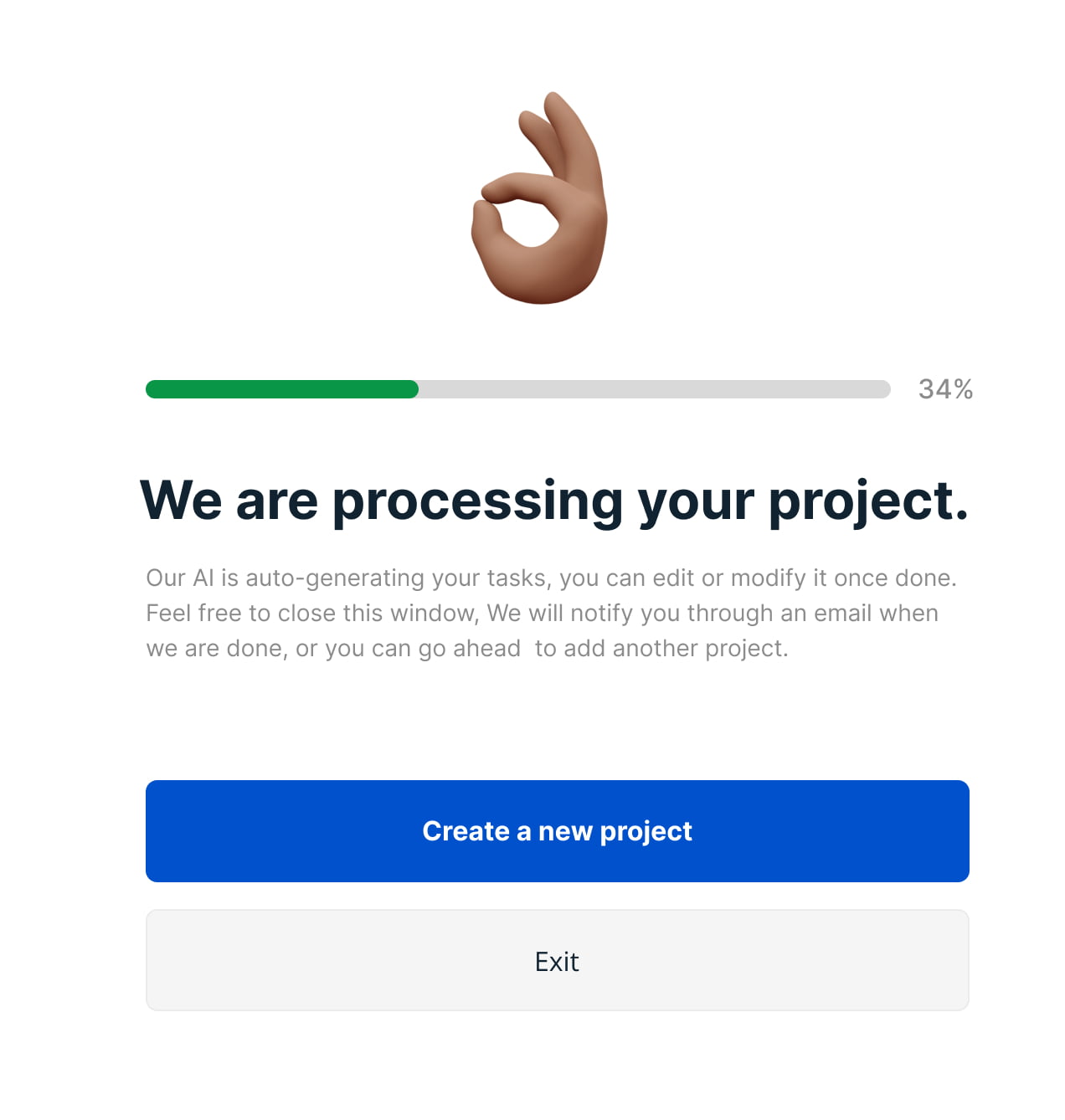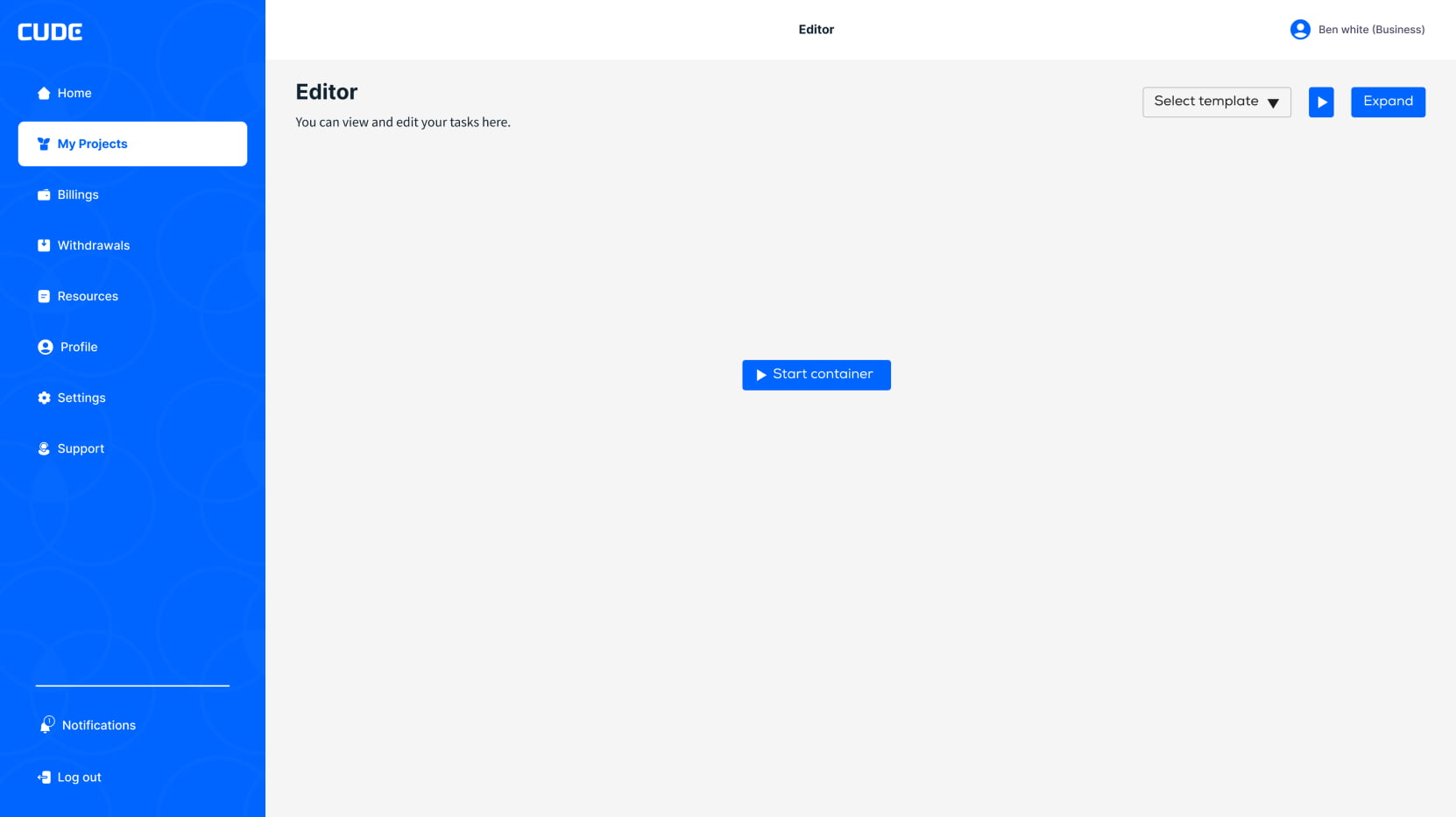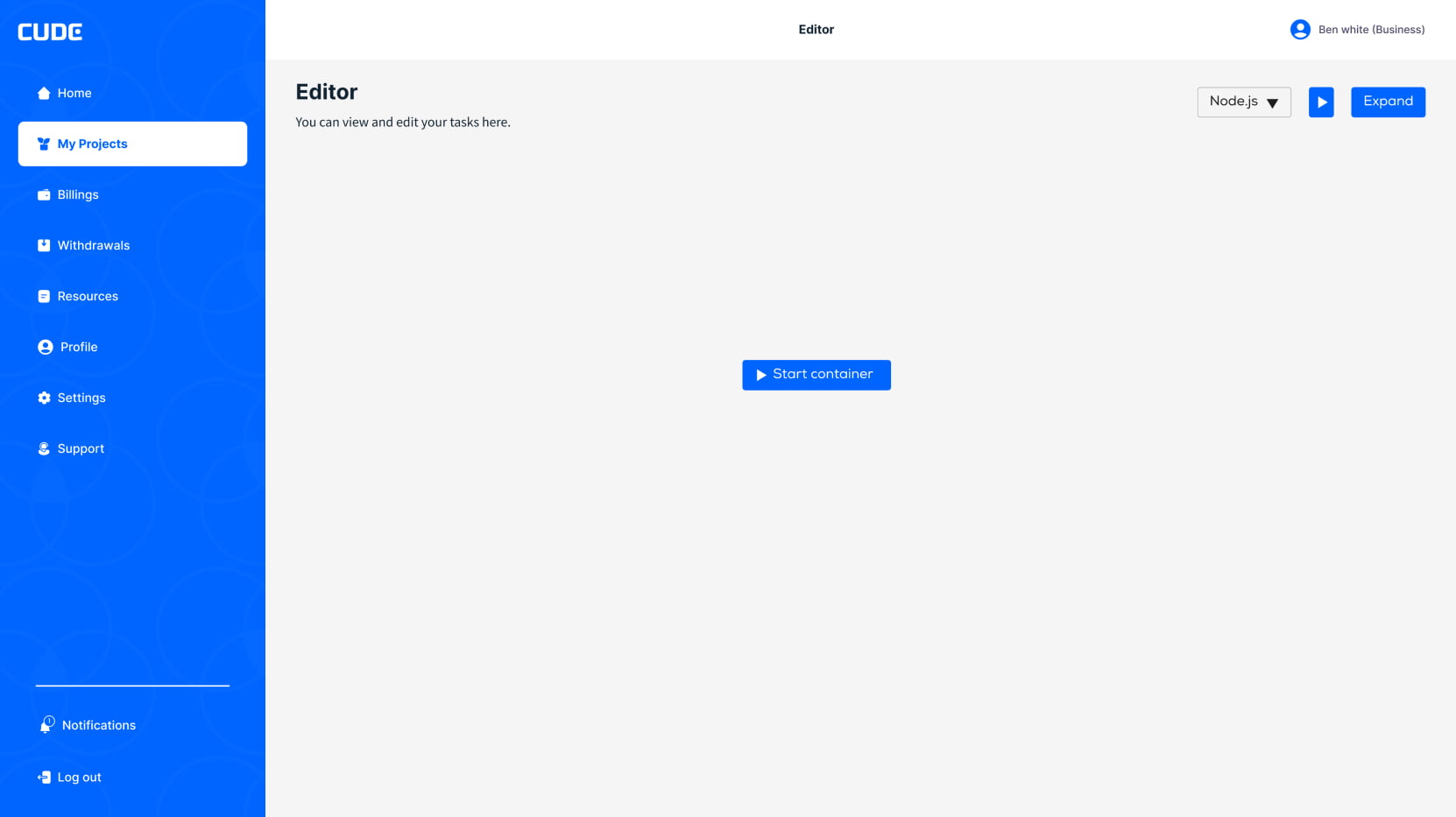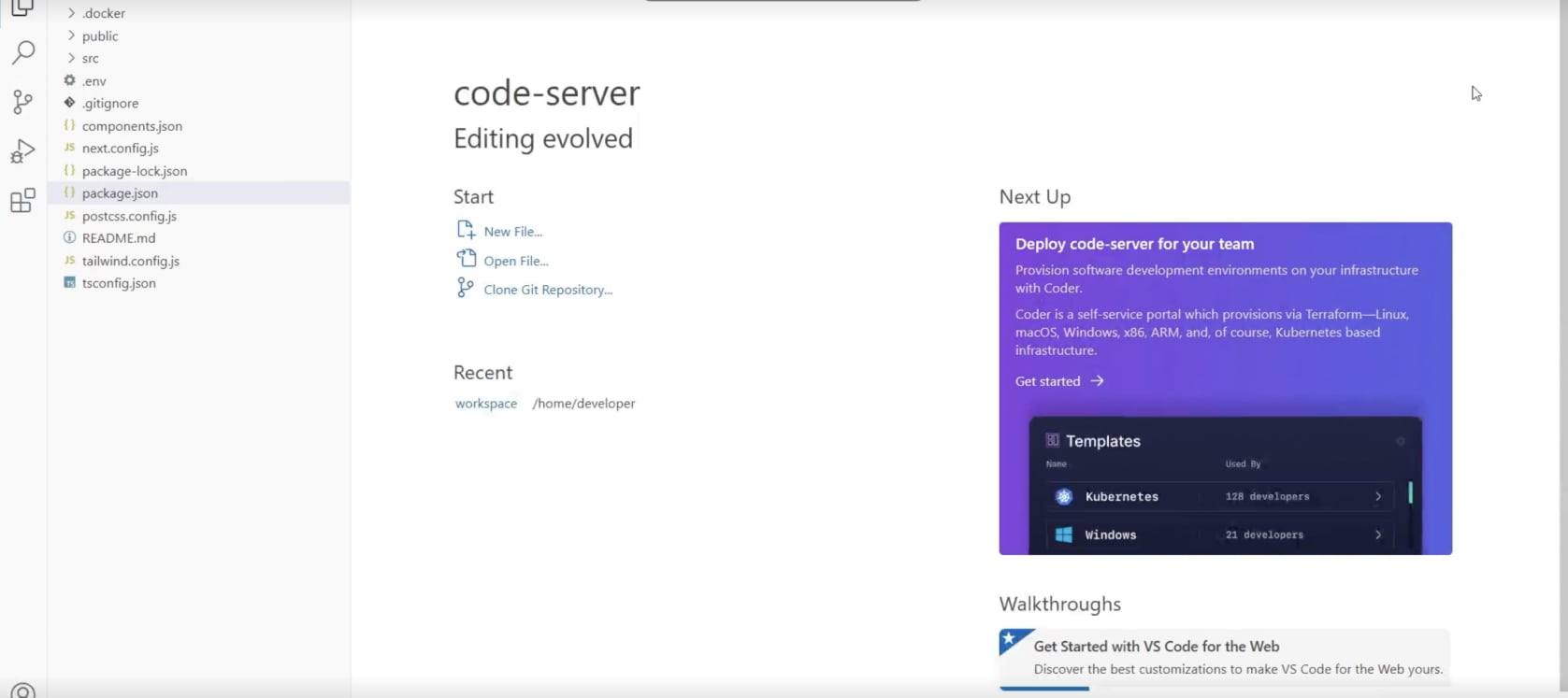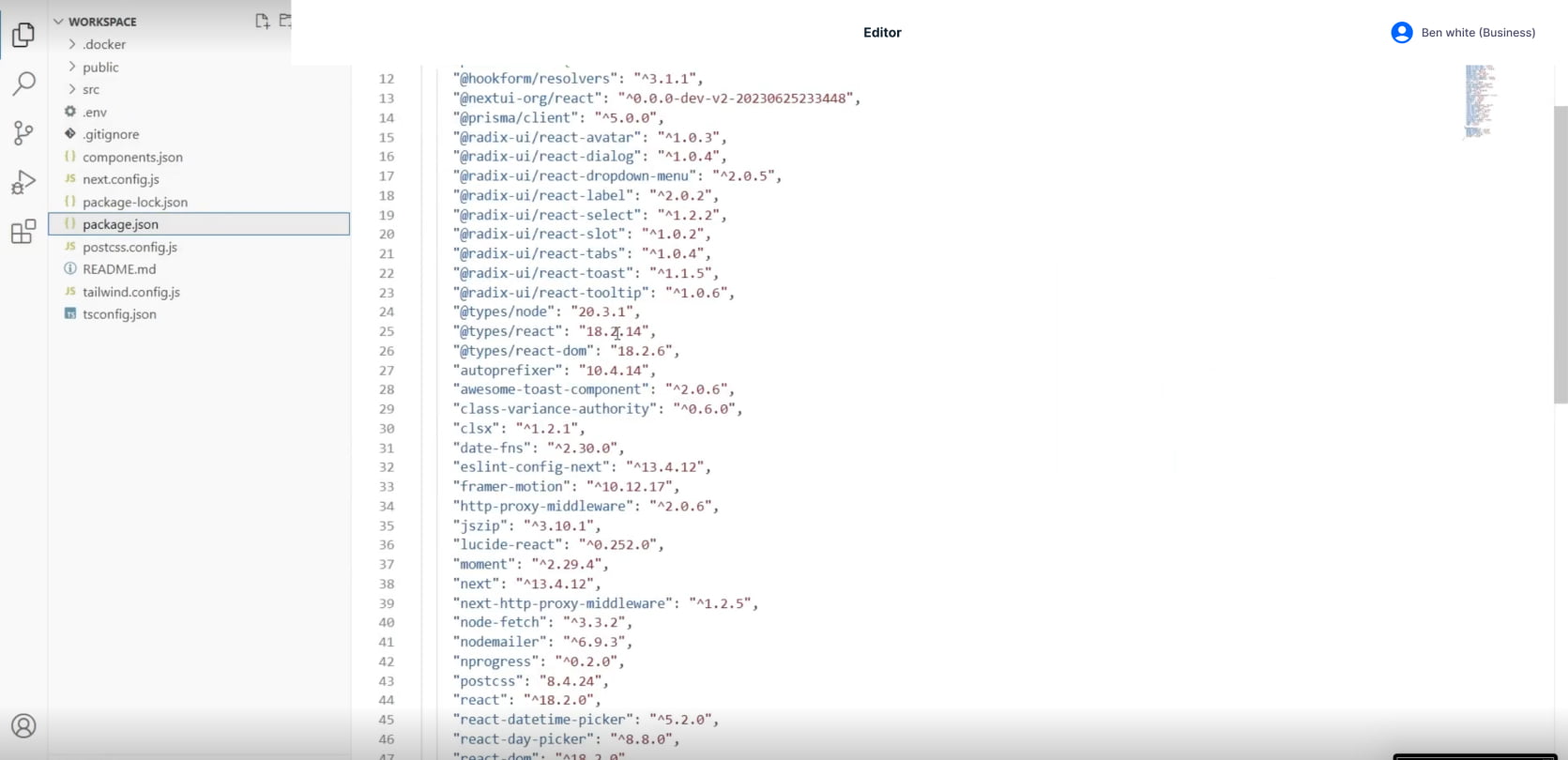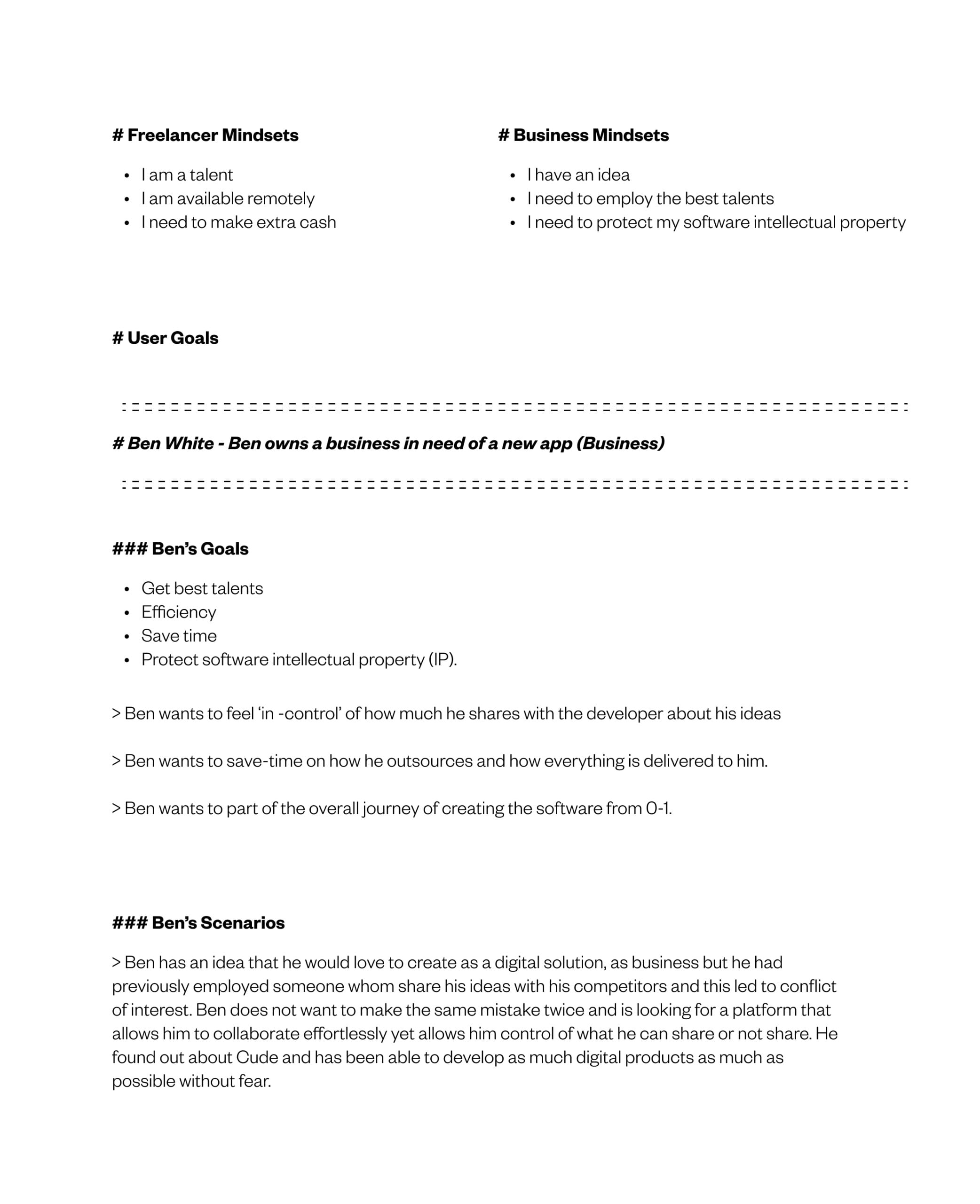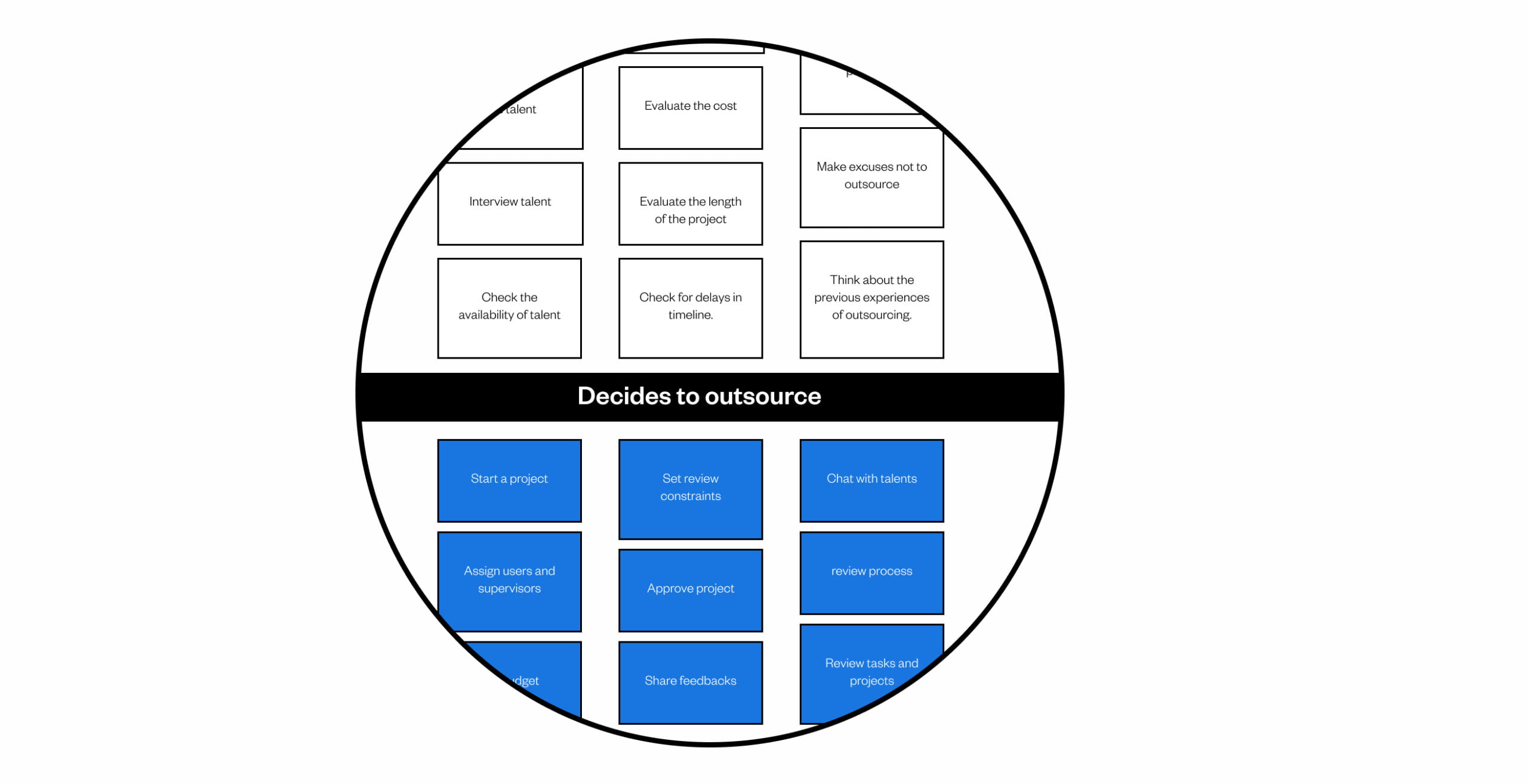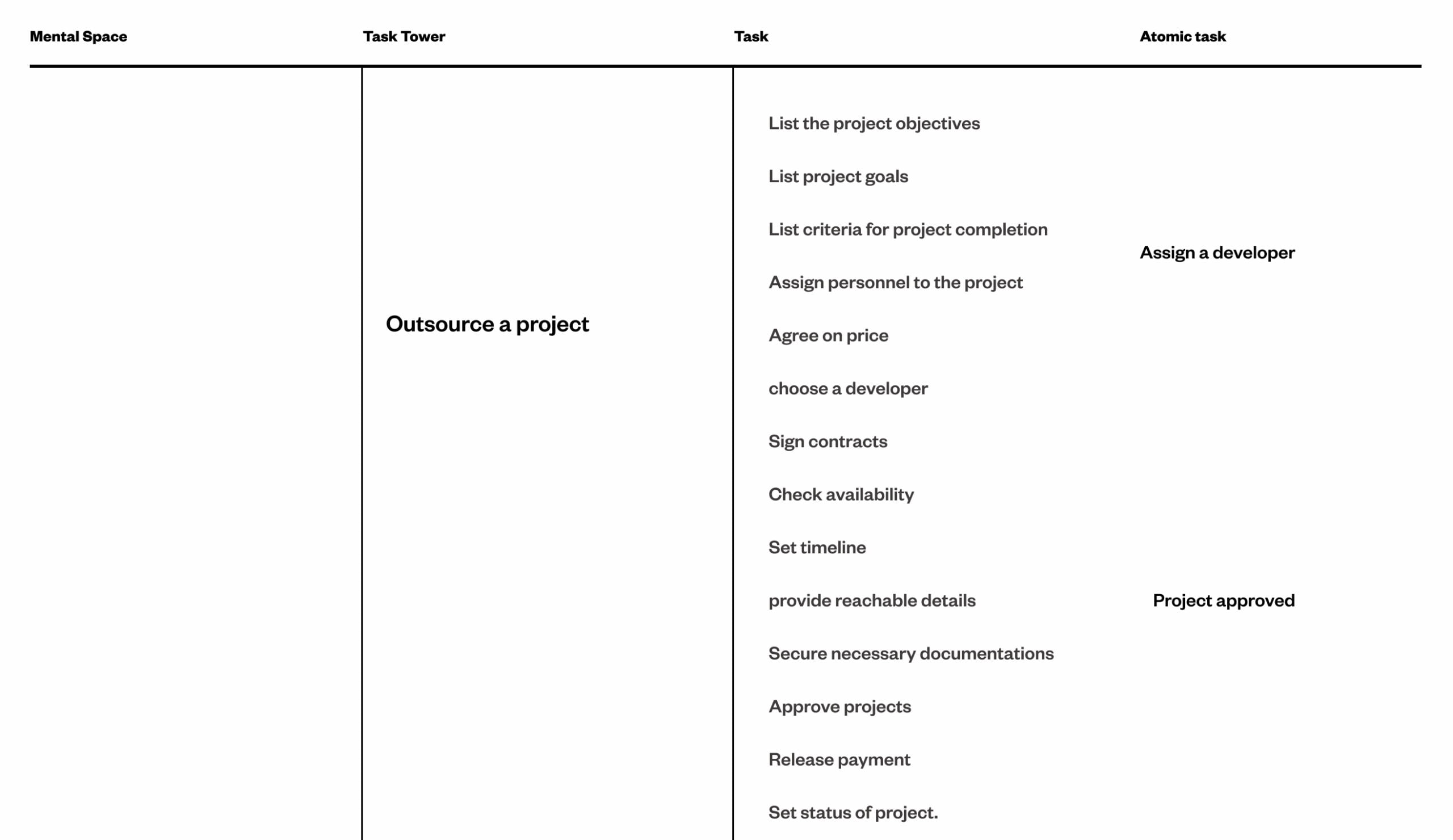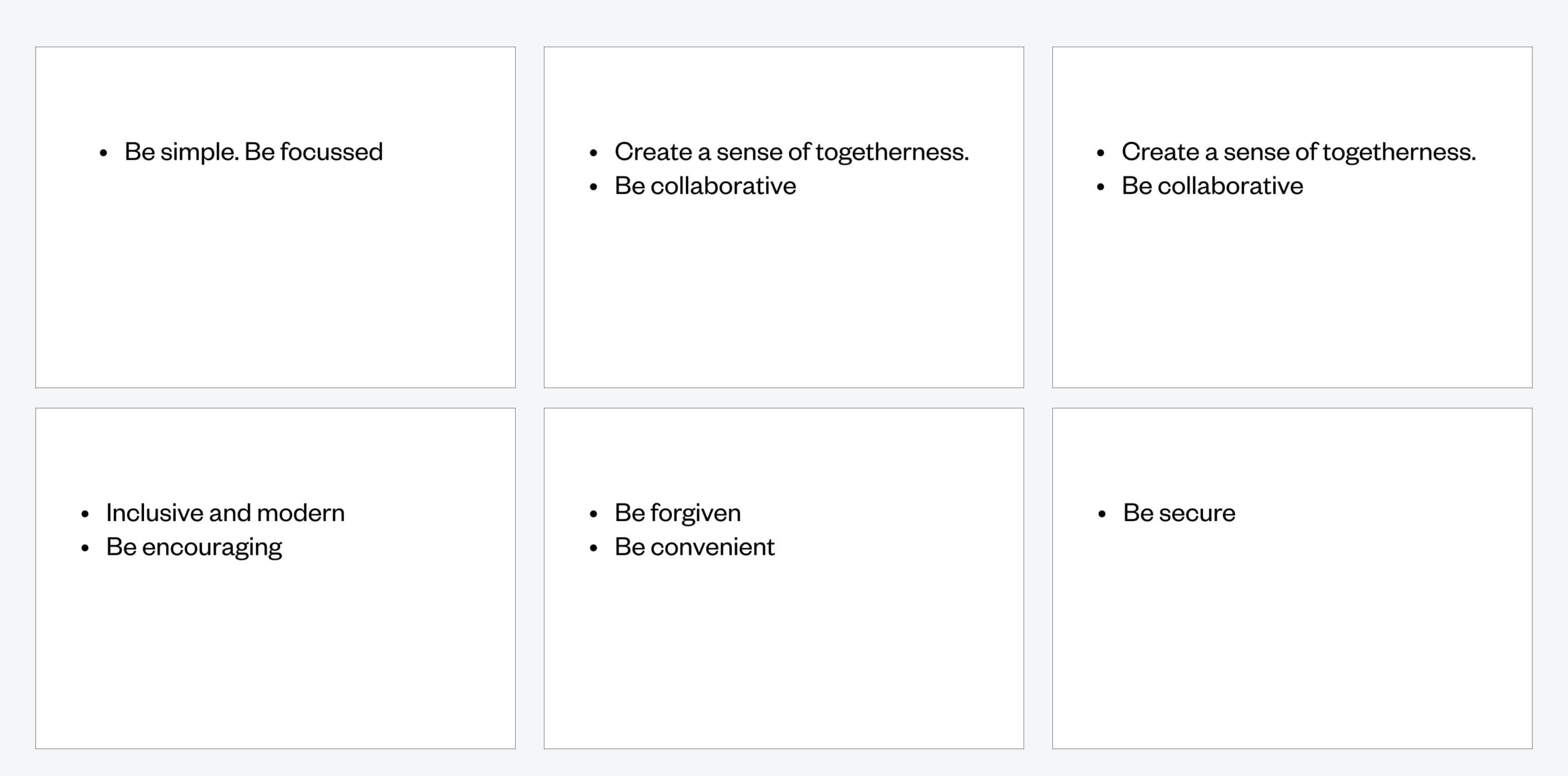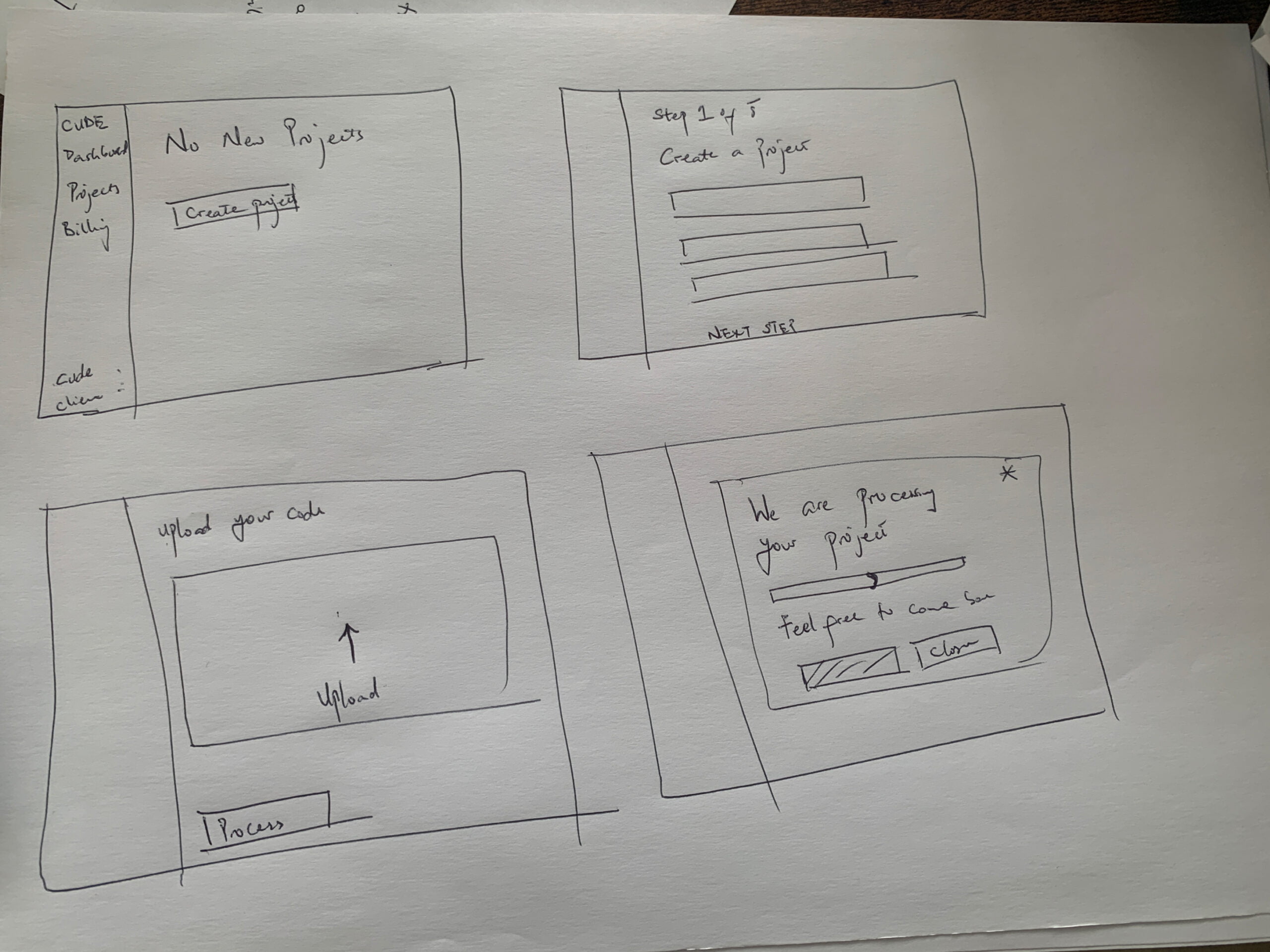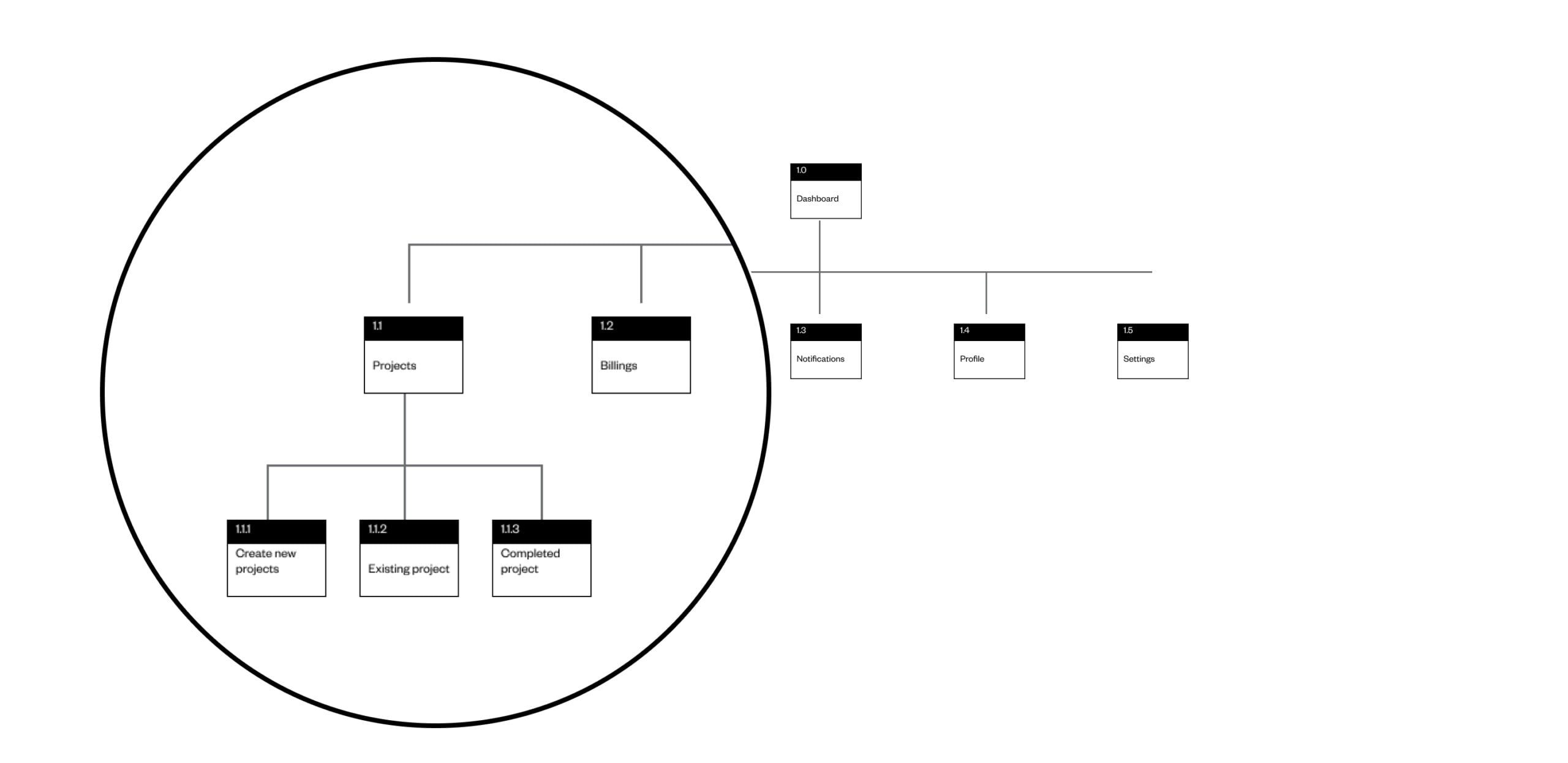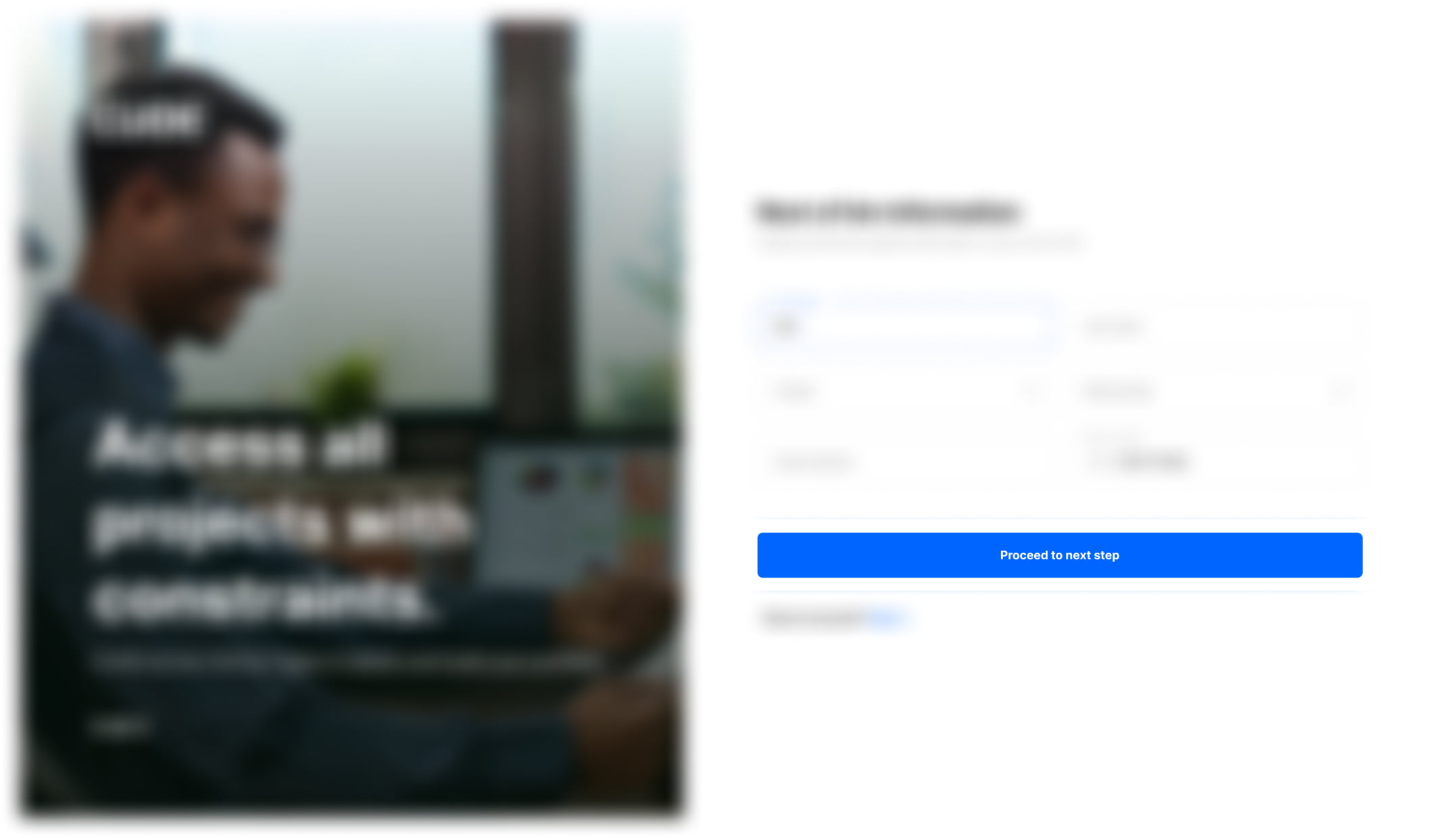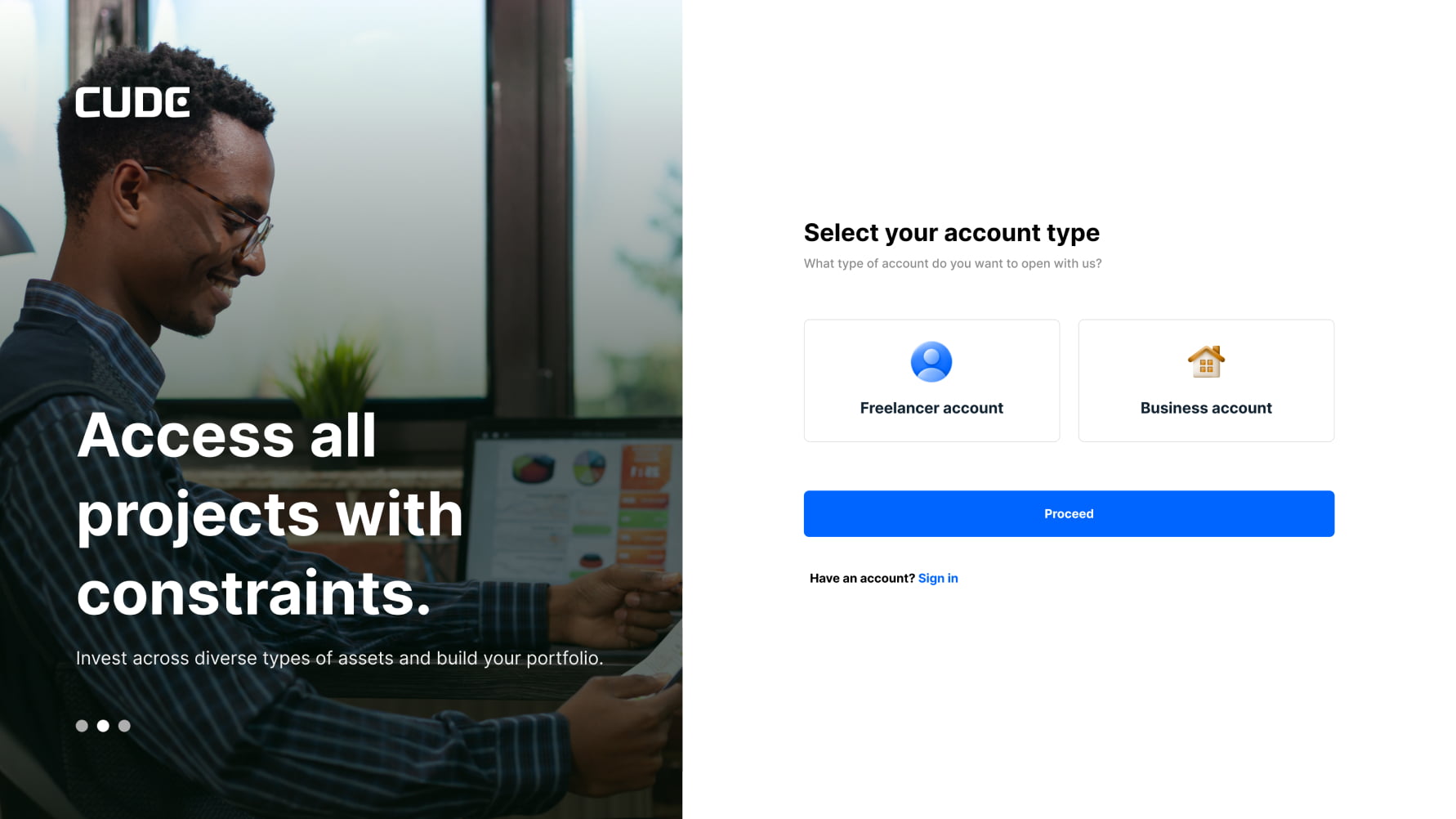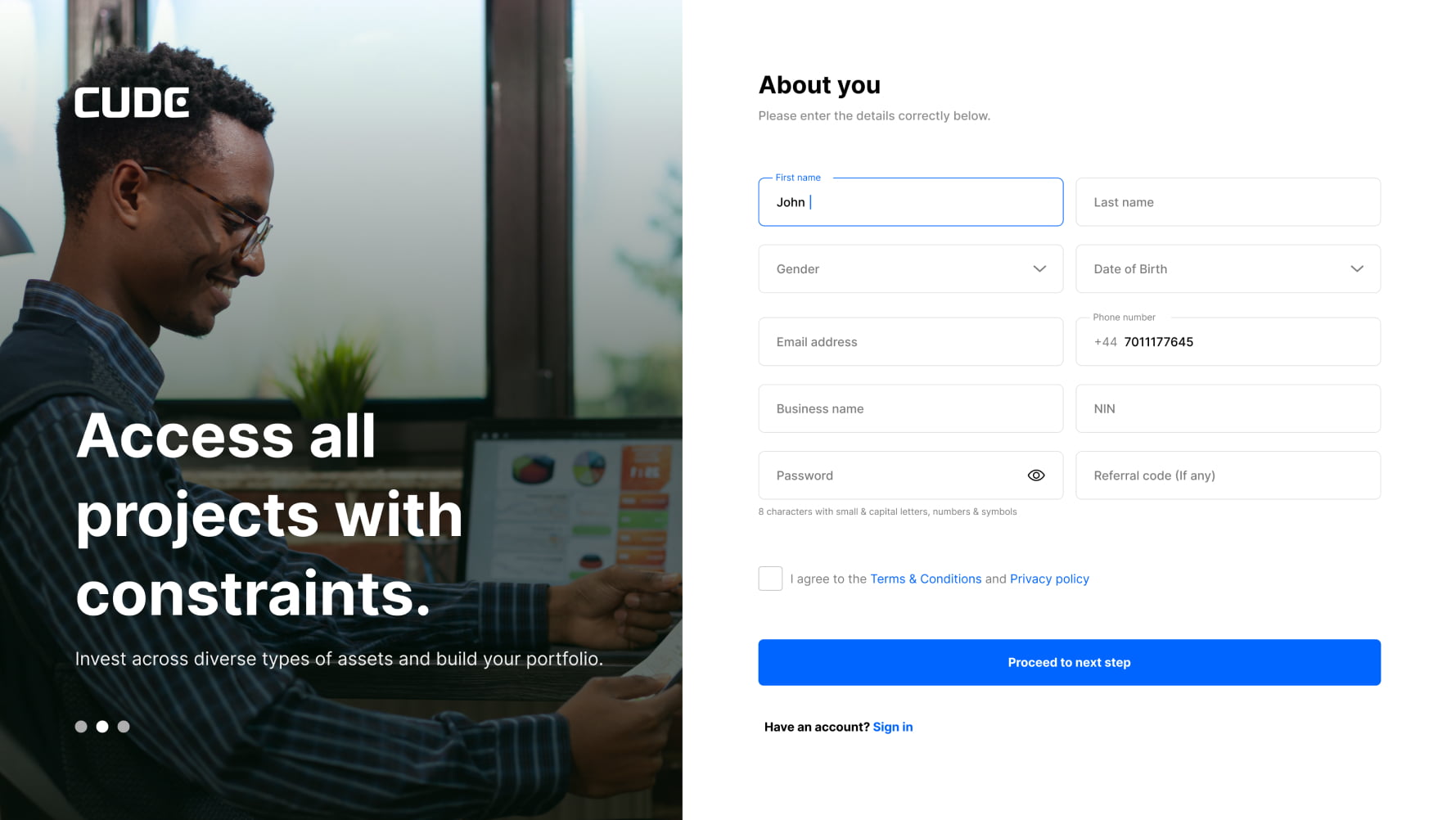Project
Quick Links
The Cude
Safeguarding intellectual property while outsourcing
One this project, I worked directly with the CTO, CEO, and the COO of Code Secure, the mother company of Cude, a blockchain advisory company. Working with a cross-sectional team, alongside a content developer, and a developer.
Summary
I established design quality benchmarks, and a continuous research practice at the company.
I led the rebranding and the renaming of the product to give it a more cohesive meaning and attributes.
I created strategy required to hire participants and interviewing strategies, and leveling frameworks for the product, this includes UX research, and marketing.
Drove the 0-1 of the project to meet the launch deadline. Created a design system to unify components, styles, grids, typography, and iconography to improve the efficiency of design delivery.
Role
Product Designer
Core Responsibilities
Worked as a product designer on a team of 4, product strategy, research, IXD, visual design, illustrations/icons, A/B testing (Split testing).
Timeline
3 months
Problem
Addressing the problem of safeguarding software’s intellectual property (IP) while sourcing to developers
Goals
Develop a digital collaborative platform that is accessible, credible, and safeguards software intellectual property while outsourcing.
Addressing this problem opened more avenue for us to look at what is happening on the other side of outsourcing, which is the freelancing market. Goals include;
Solution
Personalized, engaging, and collaborative digital solution via a self-guided web app, prioritizing user-friendly design and accessibility
We developed this MVP solution after shipping 2 iterations of our private beta and conducting several rounds of Kano Model feature prioritisation testing — providing focus on our feature set. In collaboration with voluntary freelancers, while we use our mother company projects as test runs. We designed this and developed it using the power of blockchain to make sure that everyone interest is safeguarded.
1.0 Simplified dashboard
2.0 Designed for simplicity and confidence.
3.0 Bringing everything to one platform
To protect the developer’s interest and the business interest, the codes are shared and worked on, on Cude by integrating a live editor much like Visual studio. This allows transparency and breeds easy collaboration between both parties.
Businesses have no access to download this code or use this codes until the developer has given permission to the business, hence safeguarding the developer’s interest as well.
Results
Achieved product-market fit and substantially increased waitlist signups, although Cude is currently looking for investors and still in beta stage, all feedbacks have been used toa create a better solution
The approach . Focusing on Goals not Features
A collaborative culture with lean UX
Building trust through UX workshop and transparency
Starting on the same page
The Discovery
Early insights from user survey
Businesses need a more reliable way of protecting their interest i.e Intellectual property among others.
Businesses want to be able to manage the access that freelancers have to their intellectual property.
Freelancers do not often get paid
Freelancers feel left out as most solution caters mainly to businesses.
The discovery phase was a quick, high intensity effort that allowed us to define project milestones, audit the existing work, review the competitor landscape, understand our client’s vision, and begin research into user needs, behaviours and pain points. We also kicked off a technical discovery phase to understand feasibility and constraints.
Our research revealed that the concept of ‘outsource’ represented something different to different users. Users’ motivations for outsourcing or participating in freelancing, hinting at different requirements.
After designating persona types and aligning this with our phasing strategy we were able to prioritise who we would be focusing on supporting in the early stages.
We used personas constantly throughout the project to guide design decisions, priorities, and create empathy amongst the client and our team.
Who are we designing for?
The businesses / founder looking to outsource.
The freelancer looking to get the job done.
User interviews and research
Tight timing meant that we needed to be efficient conducting user research and collecting feedback. Luckily, the topic of outsourcing is not new to the general public and this provided us with ample participants. We conducted a range of interviews with stakeholders, co-workers and friends; looked to the twitter sphere to gauge what people were saying; and other social media platforms to understand users motivations for participating in both outsourcing and freelancing. These varied research techniques helped to quickly gain insights into the needs of our users and gave us a concrete understanding of the environment and workflows.
Businesses want a safer way of outsourcing.
Freelancers do not want to feel cheated.
User-flow; Visualising the end-to-end
Analysing the competitors
Designing for what users want to know, do & feel
Storytelling About Ideal Experiences using scenarios
Extracting Requirements with Mental Models through card sorting
Combing through our research and brainstorming the different things people do before, during and after outsourcing allowed me to come up with a broad set of tasks–quickly. I categorised and segmented the tasks into behavioural affinities and aligned content and features. This gave me a way to visualise what existing functionality and content would be useful, what tasks needed supporting, what opportunities were available to innovate and also what could be discarded from the list
Afterwards, I entered all the ideas into a spreadsheet and prioritised them against our personas needs, tech feasibility, and business objectives. This informed the phasing strategy for the solution, the product feature roadmap and the product backlog.
Branding as an Experience Requirement
Setting the Design Direction
Information architecture - IA
Once the stakeholders approved the content and functionality to roll out in the app, I could start to structure that content. With the help of some participants, employed using the profiles created through the personas and scenarios, I was able to use the Jesse James Garrett’s Visual Vocabulary to represent the architecture of the app. Adopting a numbering system early was beneficial helping our team stay in sync.
Structuring the experience using HTA
The Refinement
Testing With Users
Improvement 1
Modern imagery representation
Participants complained that the images initially used did not reflect who they are, some business owners want a young, elegant and active representation and when asked why, the reason behind this, the response was that they would like to represent their business as modern, not themselves.
Improvement 2
Account type selection
Participants pointed out during user testing that they were confused as to what they should sign in as, some said they could not see it as they skipped that option and just started entering their details. Some developers tried signing in as businesses and vice-versa. To fix this, I created another page for the account type selection for both sign up and log in user flow and journey.
Improvement 3
Descriptive button lables (CTAs)
While using testing the pop-up screens, most participants were looking for the cancel button to leave the page and go back to their previous page or dashboard. This negates what I hoped to achieve on the page, so I removed the cancel or back button and replace it with a descriptive button label.






